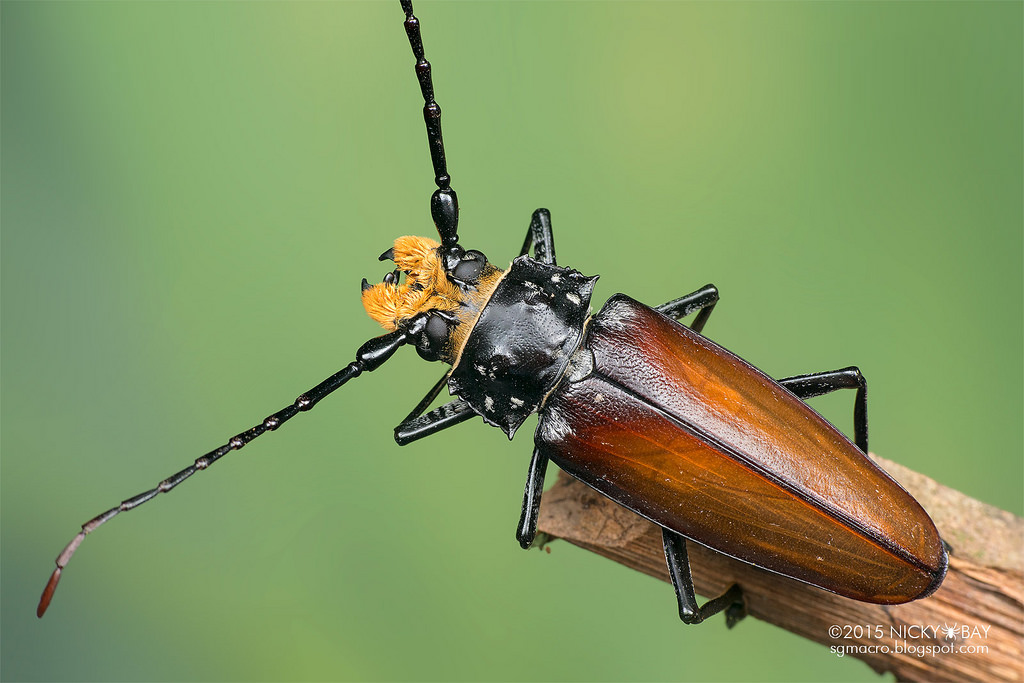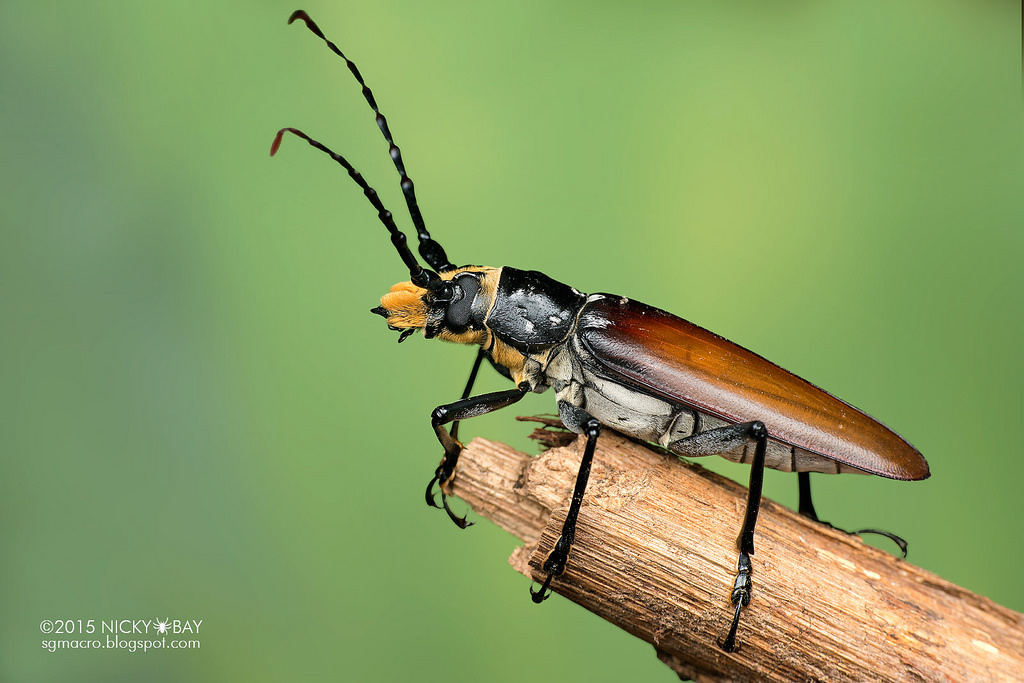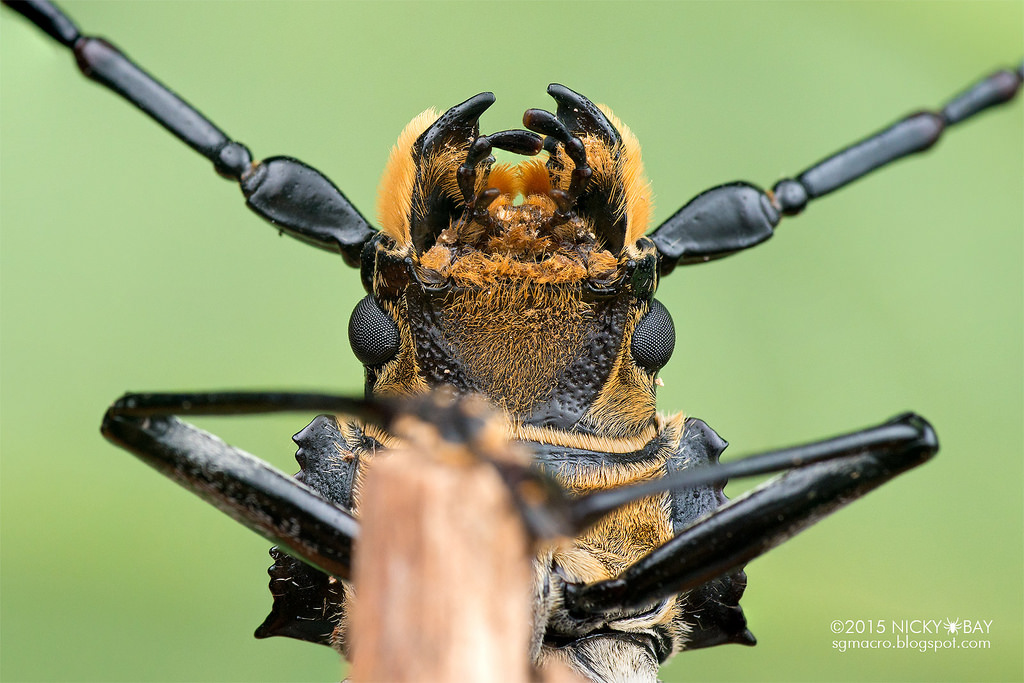| T O P I C R E V I E W |
| nicky |
Posted - 14/09/2015 : 09:29:20
Shot in Belize.
Dorsal

Lateral

Ventral close up of mouthparts
 |
| 6 L A T E S T R E P L I E S (Newest First) |
| dryobius |
Posted - 16/09/2015 : 03:32:38
I believe that when the early entomologists described barbatum, senex, and beckeri... They really did not study a series of specimens. At that time, it was very difficult to get any material at all.
The nomenclatural and identification problem will persist for a very long time. A careful study and revision is required... maybe with DNA. I think there must be thousands of specimens of Callipogon barbatum & senex in just American museums. Of course what really matters are the holotypes and syntypes in Europe.
I don't believe that there are significant and consistent differences to justify the standing of all three species. They are probably all just one (I admit that I could be wrong). I know that there have been dealers who have sold "beckeri" for a lot of money, but I would advise anybody that buys a specimen for more than a few dollars that he is just buying "fool's gold". |
| Capitaine |
Posted - 15/09/2015 : 11:56:43
Je pense que la différence se situe essentiellement au niveau de la pilosité elytrale qui est plus étendue sur senex, encore faut'il avoir des specimens frais et non frottés ! pour pouvoir comparer...
J'ai attentivement observé sous binoculaire les autres caractères morphologiques sans trouver de critère de différenciation pertinent. |
| Pierre |
Posted - 15/09/2015 : 07:56:57
Je suis comme toi, Alain. Jusqu'à présent je n'ai pas vraiment vu de motif convaincant pour en faire des espèces distinctes...
http://www.cerambycoidea.com/forum/topic.asp?TOPIC_ID=19664& |
| Golofa |
Posted - 15/09/2015 : 07:41:13
I would like obtain the difference between Callipogon barbatum and Callipogon senex. Could you explain me ?
I always think that these two species are synonym.
Alain |
| Capitaine |
Posted - 14/09/2015 : 14:25:55
extremely close species, as it seems that it's a fresh specimen, I rather think about C. barbatum (Fabricius,1781). |
| Pierre-Olivier Maquart |
Posted - 14/09/2015 : 11:38:10
Maybe a female of Callipogon senex or C. barbatus ??
|


